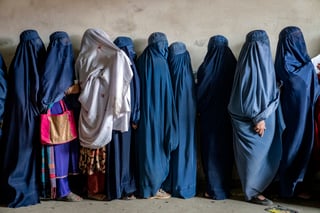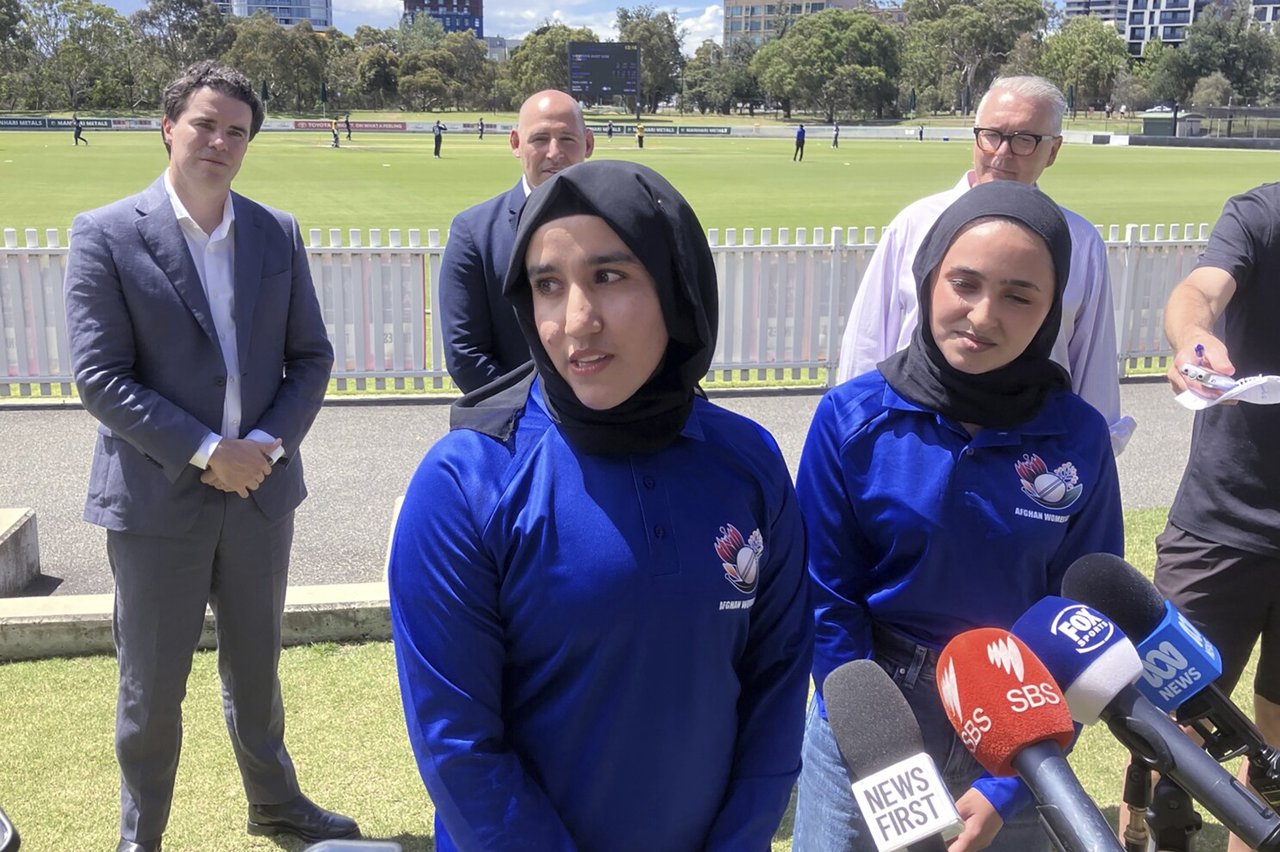Women's rights in Afghanistan have oscillated back and forth depending on the time period. After King Amanullah Khan's attempts to modernize the country in the 1920s, women officially gained equality under the 1964 Constitution. However, these rights were taken away in the 1990s through different temporary rulers such as the mujahideen and the Taliban during the Afghan civil war. During the first Taliban regime (1996–2001), women had very little to no freedom, specifically in terms of civil liberties. When the Taliban were removed from power following the 9/11 attacks in the United States, women's rights gradually improved under the presidential Islamic Republic of Afghanistan. Women were de jure equal to men under the 2004 Constitution. After the Taliban takeover of Afghanistan in August 2021, the Taliban at first gender segregated university classrooms as long as they “followed Islamic standards”. However, in September 2021, most teenage girls were again prevented from returning to secondary school education, and women were blocked from working in most sectors outside of health and education. Women were ordered to wear face coverings in public, and barred from traveling more than 70 kilometres (40 mi) without a close male relative. In December 2022, the Taliban government also prohibited university education and primary education for females in Afghanistan, sparking protests and international condemnation. In July 2022, Hibatullah Akhundzada, the Taliban's reclusive leader, lashed out at the criticism and demands of the international community on the Taliban's human rights restrictions, rejecting any negotiations or compromise on his "Islamic system" of governance. From Wikipedia


